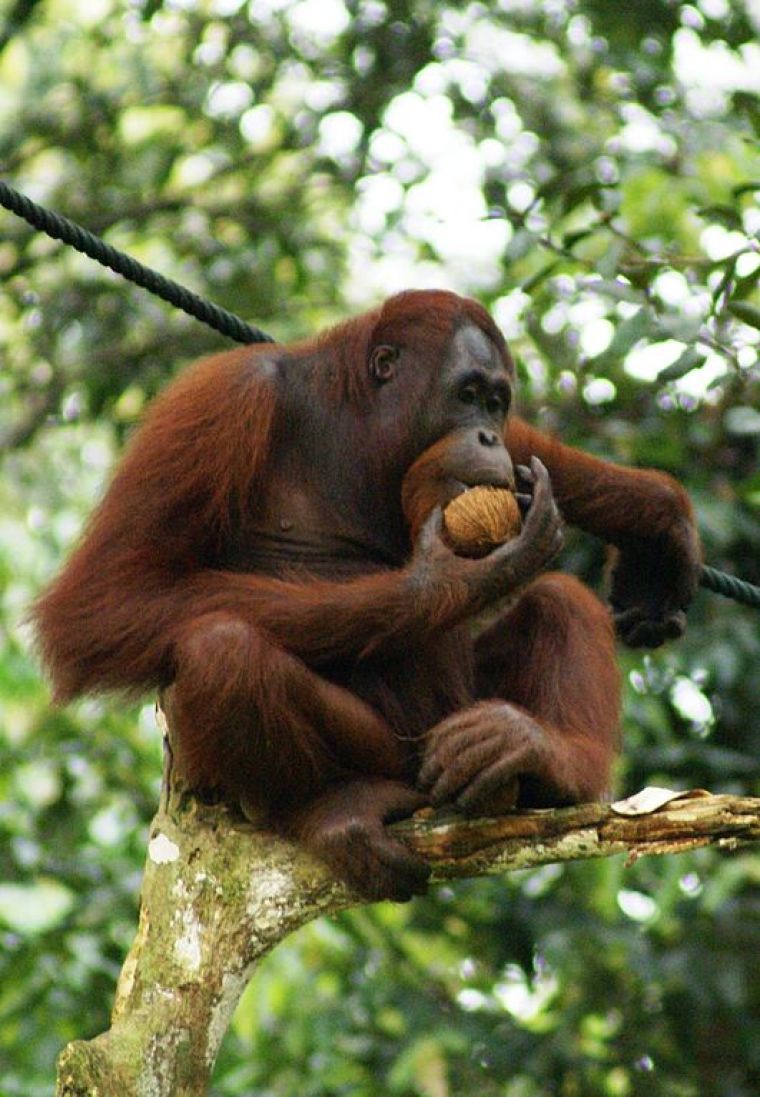

The most recent prehistoric bones analysis shows that there is no "anatomical reason" why an individual born these days could not build up "strength of a prehistoric forager" or a present-day orangutan. According to the researchers, the idea that "activity throughout life is the key to building bone strength and preventing osteoporosis risk in the later years," is supported by the findings.
The latest research across thousands of years of "human evolution" proves that human skeletons have become lighter and much fragile from the "invention of agriculture". This is an outcome of people's gradually more inactive lifestyles as people shifted "foraging to farming".
Just published in PNAS journal, a new study shows that, "while human hunter-gatherers" from approximately 7,000 years ago had "bones comparable in strength to modern orangutans," farmers coming from the similar place about 6,000 years later on had considerably "lighter and weaker bones which have been more vulnerable to breaking.
Foragers have a bone mass around 20 percent higher, which is comparable to what an average individual would lose after 3 months of "weightlessness" in outer space.
The researchers have eliminated the body size changes and diet differences and concluded that the lessening of physical activities is the "root cause of degradation" in the strength of human bone across millennia. As humans perform less with their bodies today, this trend is reaching risky levels.
The idea that exercise instead of diet is the way of putting off heightened break risk and conditions like osteoporosis in the future is believed by the researchers based on the findings. If a person engages more exercise at his younger days, he will likely have a "higher peak of bone strength when he reaches 30. But even the most "physically active people of today will not be able to load bones with sufficient frequent and extreme stress to allow the increased strength of the bone observed in the "peak point" of non-human primate bones and conventional hunter-gatherers.
According to Dr. Colin Shaw of University of Cambridge, "Contemporary humans live in a cultural and technological milieu incompatible with our evolutionary adaptations. There's seven million years of hominid evolution geared towards action and physical activity for survival, but it's only in the last say 50 to 100 years that we've been so sedentary -- dangerously so."